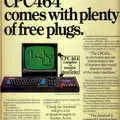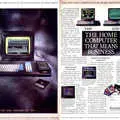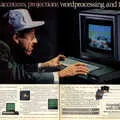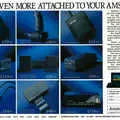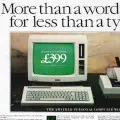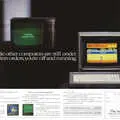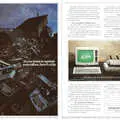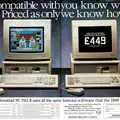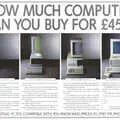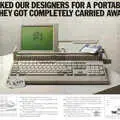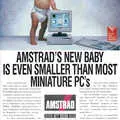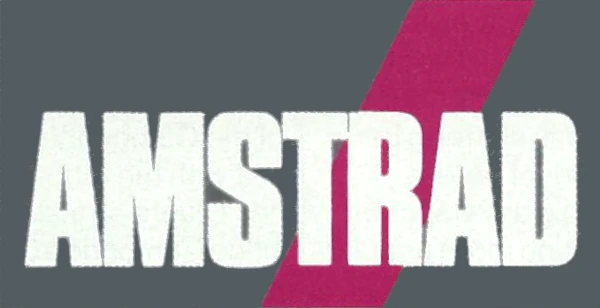
Amstrad Advert - December 1991
From Personal Computer World
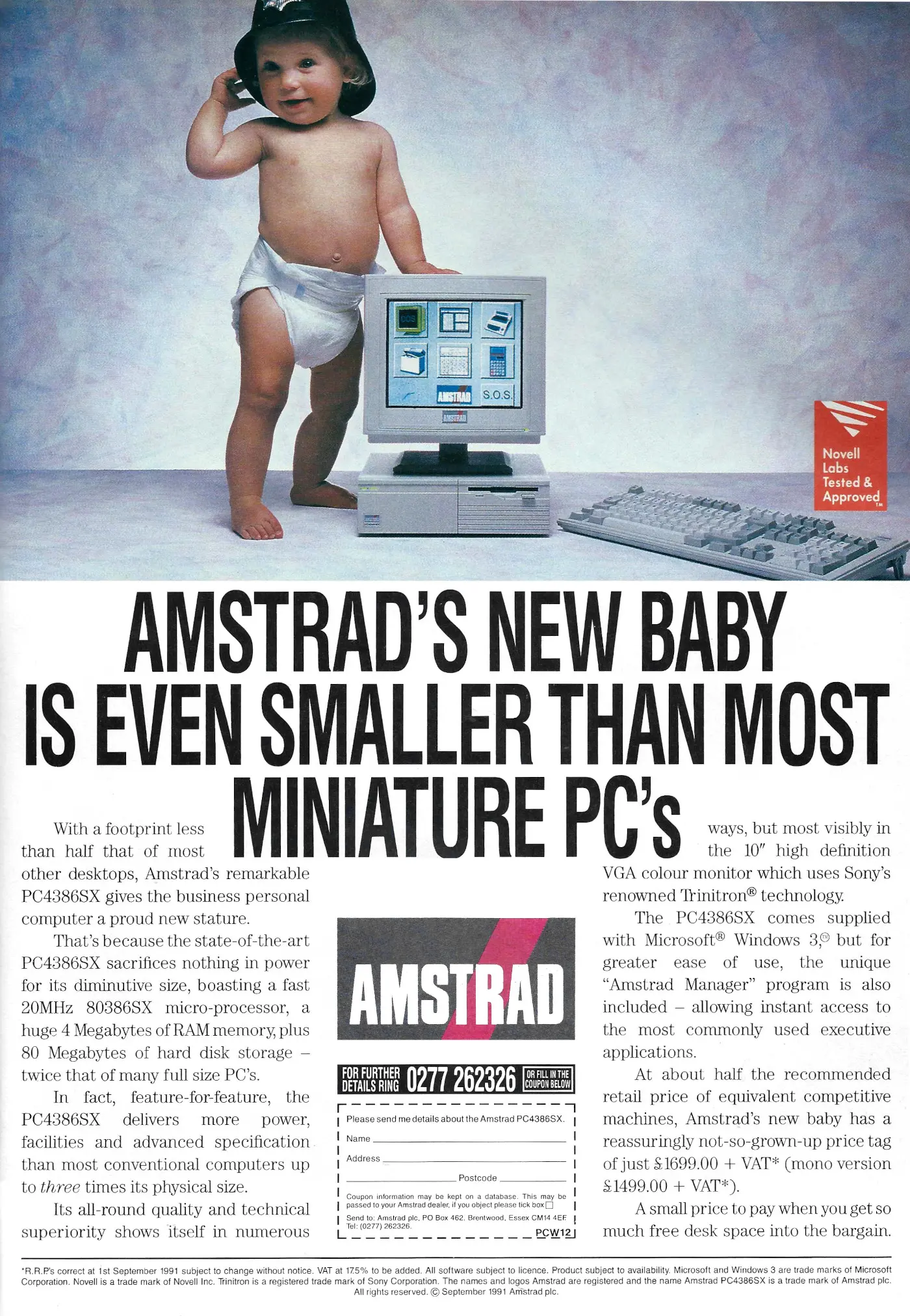
Amstrad's new baby is even smaller than most miniature PCs
It's five years since Amstrad purchased Sinclair and moved into the computer business, going on to sell a range of highly-succesful home micros, word processors and, later on, business machines.
This is another in that range of businessey IBM PC-compatibles, in this case based around the Intel 80386SX - a cheaper cut-down version of the 80386 with a 16-bit data bus and a 24-bit internal memory bus.
It was also one of several machines released at the time that were pitched as tiny PCs, partly in a reaction against the sometime-enormous boxes that took up most of the desktop they lived on, but also as the market seemed for a while to be drifting towards "network workstations" which didn't need much in the way of power or expansion.
This one was definitely tiny, and even came with a tiny 10" monitor - only 1" bigger than the original PET 2001 of 1977. It retailed for £1,699 + VAT, or about £5,550 in 2025.
A few months before in the early summer of 1991, Amstrad made 41 of its staff redundant in a cost-cutting move.
At the same time the company also announced that it was introducing a 45p-per-minute charge to use its helpline, partly because Alan Sugar reckoned that people were wasting the time of his helpline staff. Talking to Guy Kewney of Personal Computer World, Sugar said:
"If they want to spend hours on the phone, holding up other people who have problems while they slowly discuss some minute detail which is covered by the manual, that's fine, but they have to pay for it, and hopefully, some of them will be a bit quicker[1]".
Amstrad would continue making computers for a few years more, but it eventually lost interest as it moved more into the satellite set-top box and dish market it had helped create with Sky, after the latter's launch in 1989.
Date created: 22 February 2024
Last updated: 11 December 2024
Hint: use left and right cursor keys to navigate between adverts.
Sources
Text and otherwise-uncredited photos © nosher.net 2025. Dollar/GBP conversions, where used, assume $1.50 to £1. "Now" prices are calculated dynamically using average RPI per year.
